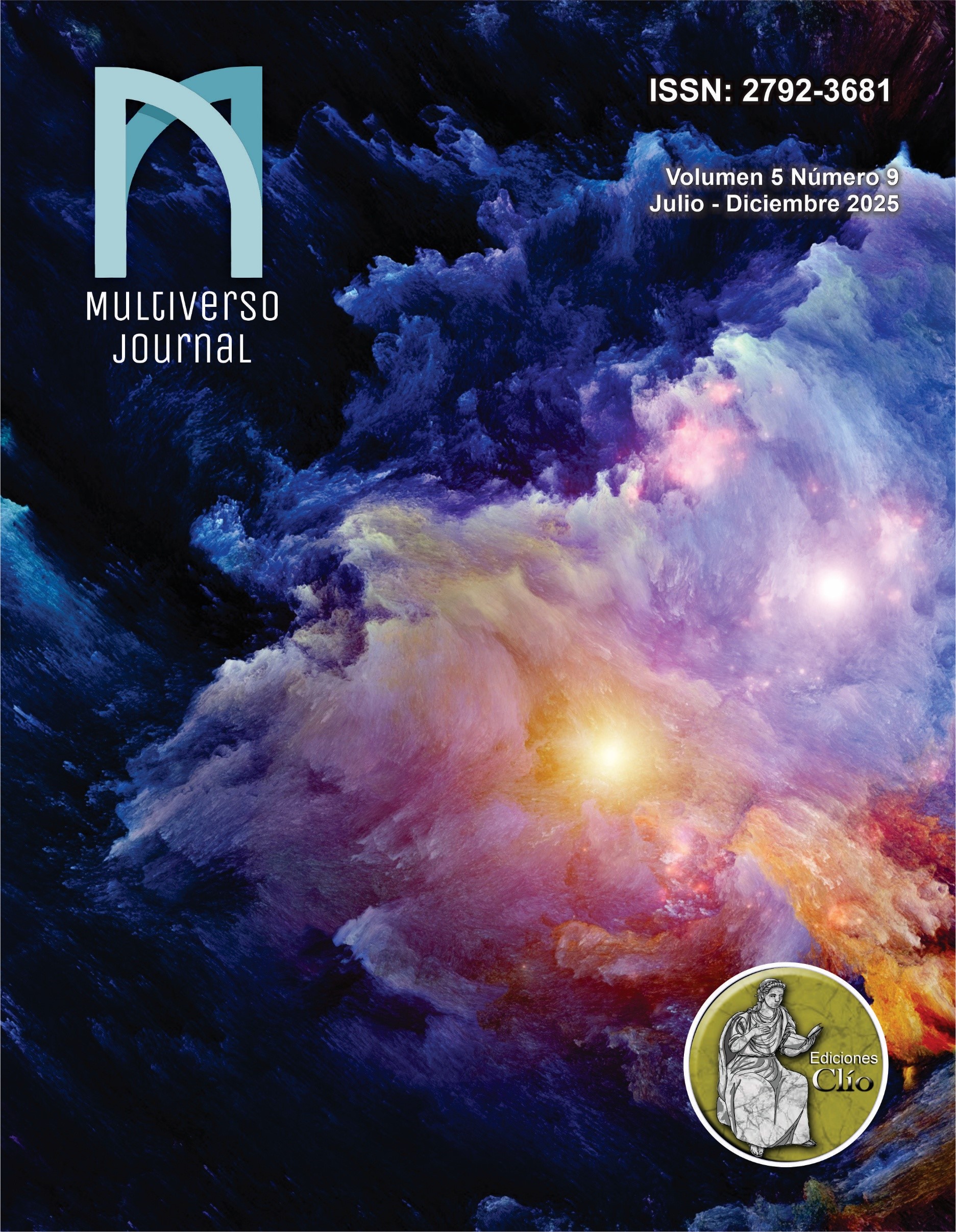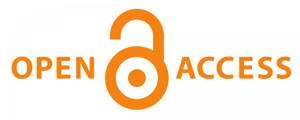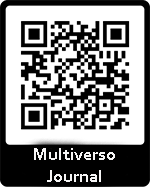El papel fundamental de la legislación para la educación inclusiva
DOI:
https://doi.org/10.46502/issn.2792-3681/2025.9.6Palabras clave:
educación inclusiva, legislación, resocialización, hogar infantil, inclusión socialResumen
La educación inclusiva es un término con el que nos encontramos cada vez más a menudo. El objetivo principal de nuestro artículo es presentar los resultados de una investigación cualitativa que indagó si los trabajadores de apoyo residencial en hogares infantiles están familiarizados con la legislación relacionada con la educación inclusiva. Aunque los trabajadores de apoyo residencial ya han implementado los ideales de la educación inclusiva en su práctica, necesitan ser conscientes de sus vínculos legales. Basándonos en nuestros resultados, discutiremos la necesidad de una mayor concienciación sobre la educación inclusiva en el sector escolar y en otros ámbitos de nuestras vidas. También esbozaremos los beneficios de la educación inclusiva en las esferas económica y social. Por encima de todo, señalaremos que la educación inclusiva sólo puede lograrse con un apoyo legislativo adecuado. En las conclusiones, sugerimos que la educación inclusiva vaya más allá de los simples objetivos académicos para representar un ideal social, el cual se expresa en la idea de una comunidad donde florezcan el respeto recíproco y la empatía. En cualquier escenario la conexión simbiótica entre las escuelas y las familias es esencial para el logro de la educación inclusiva.
Citas
Alase, A. (2017). The interpretative phenomenological analysis (IPA): A guide to a good qualitative research approach. International Journal of Education and Literacy Studies, 5(2), 9-19. https://doi.org/10.7575/aiac.ijels.v.5n.2p.9
American Psychological Association. (2021). Inclusive language guidelines. https://www.apa.org/about/apa/equity-diversity-inclusion/language-guidelines
Amor, A. M., Hagiwara, M., Shogren, K. A., Thompson, J. R., Verdugo, M. Á., Burke, K. M., & Aguayo, V. (2019). International perspectives and trends in research on inclusive education: A systematic review. International Journal of Inclusive Education, 23(12), 1277–1295. https://doi.org/10.1080/13603116.2018.1445304
Avradimis, E., & Norwich, B. (2002). Teachers’ attitudes towards integration/inclusion: A review of the literature. European Journal of Special Needs Education, 17(2), 129–147. https://doi.org/10.1080/08856250210129056
Basit, T. N., & Tomlinson, S. (Eds.). (2012). Social inclusion and higher education (1st ed.). Policy Press. https://doi.org/10.2307/j.ctt1t891n1
Bates, H., McCafferty, A., Quayle, E., & McKenzie, K. (2015). Review: Typically-developing students’ views and experiences of inclusive education. Disability and Rehabilitation, 37(21), 1929–1939. https://doi.org/10.3109/09638288.2014.993433
Bowers, T. (1997). Supporting Special Needs in the Mainstream Classroom: Children’s perceptions of the adult role. Child: Care, Health and Development, 23(3), 217–232. https://doi.org/10.1111/j.1365-2214.1997.tb00965.x
Brady, K., & Woolfson, L. (2008). What teacher factors influence their attributions for children’s difficulties in learning? British Journal of Educational Psychology, 78(4), 527–544. https://doi.org/10.1348/000709907X268570
Cook, B. G., Cameron, D. L., & Tankersley, M. (2007). Inclusive teachers’ attitudinal ratings of their students with disabilities. The Journal of Special Education, 40(4), 230–238. https://doi.org/10.1177/00224669070400040401
Czech Republic. (1993). Constitution of the Czech Republic. https://www.usoud.cz/fileadmin/user_upload/ustavni_soud_www/Pravni_uprava/AJ/Ústava_ČR_angl.pdf
Danek, A. (2022). Social integration of young adults leaving institutional care: Personal experiences. AD ALTA: Journal of Interdisciplinary Research, 12(2), 32–34.
Danek, A. (2023). The impact of a parent’s incarceration on a child in care: A qualitative research study. AD ALTA: Journal of Interdisciplinary Research, 13(1), 67–69.
Danek, A., & Klugerová, J. (2023). Inclusive education as an instrument for preventing social exclusion. AD ALTA: Journal of Interdisciplinary Research, 13(2), 142–144.
Deppeler, J. M., Loreman, T., Smith, R., & Florian, L. (Eds.). (2015). Inclusive pedagogy across the curriculum (Vol. 7). Emerald Group Publishing. https://doi.org/10.1108/S1479-363620157
Dewsbury, B., & Brame, C. J. (2019). Inclusive teaching. CBE—Life Sciences Education, 18(2), fe2. https://doi.org/10.1187/cbe.19-01-0021
Disman, M. (2021). How Sociological Knowledge Is Made: A User's Guide (5th ed.). Prague: Charles University, Karolinum Press. ISBN: 978-80-246-5053-1
Ferguson, D. L. (2008). International trends in inclusive education: The continuing challenge to teach each one and everyone. European Journal of Special Needs Education, 23(2), 109–120. https://doi.org/10.1080/08856250801946236
Ferguson, H. B., Bovaird, S., & Mueller, M. P. (2007). The impact of poverty on educational outcomes for children. Paediatrics & Child Health, 12(8), 701–706. https://doi.org/10.1093/pch/12.8.701
Florian, L., & Spratt, J. (2013). Enacting inclusion: A framework for interrogating inclusive practice. European Journal of Special Needs Education, 28(2), 119–135. https://doi.org/10.1080/08856257.2013.778111
Gasteiger-Klicpera, B., Klicpera, C., Gebhardt, M., & Schwab, S. (2013). Attitudes and experiences of parents regarding inclusive and special school education for children with learning and intellectual disabilities. International Journal of Inclusive Education, 17(7), 663–681. https://doi.org/10.1080/13603116.2012.706321
Given, L. M. (Ed.). (2008). The Sage encyclopedia of qualitative research methods. Los Angeles, CA: Sage Publications.
Gulova, L., & Sip, R. (2013). Research Methods in Educational Practice (1st ed.). Praha: Grada. https://acortar.link/LfGF53
Gutmann, A., & Thompson, D. F. (2010). Deliberative democracy. In Political and civic leadership: A reference handbook (pp. 325–332). SAGE Publications, Inc. https://sk.sagepub.com/reference/civicleadership/n37.xml
Hendl, J. (2016). Qualitative Research: Fundamental Theories, Methods, and Applications (4th ed.). Praha: Portál.
Hibel, J., Farkas, G., & Morgan, P. L. (2010). Who is placed into special education? Sociology of Education, 83(4), 312–332. https://doi.org/10.1177/0038040710383518
Jones, P. E. (2013). Bernstein’s “Codes” and the linguistics of “deficit”. Language and Education, 27(2), 161–179. https://doi.org/10.1080/09500782.2012.760587
Leavy, P. (Ed.). (2014). The Oxford handbook of qualitative research. Oxford; New York: Oxford University Press.
Lee, F. L. M., Yeung, A. S., Tracey, D., & Barker, K. (2015). Inclusion of children with special needs in early childhood education: What teacher characteristics matter. Topics in Early Childhood Special Education, 35(2), 79–88. https://doi.org/10.1177/0271121414566014
Lindsay, G. (2003). Inclusive education: A critical perspective. British Journal of Special Education, 30(1), 3–12. https://doi.org/10.1111/1467-8527.00275
Main, G., & Bradshaw, J. (2012). A child material deprivation index. Child Indicators Research, 5(3), 503–521. https://doi.org/10.1007/s12187-012-9145-7
Ministry of Education, Youth and Sports (MEYS). (2004). Act No. 561/2004 Collection of Law, on pre-school, basic, secondary, tertiary professional and other education (The Education Act).
Modin, B., & Östberg, V. (2009). School climate and psychosomatic health: A multilevel analysis. School Effectiveness and School Improvement, 20(4), 433–455. https://doi.org/10.1080/09243450903251507
Nilholm, C. (2006). Special education, inclusion and democracy. European Journal of Special Needs Education, 21(4), 431–445. https://doi.org/10.1080/08856250600957905
Norwich, B. (2005). Inclusion: Is it a matter of evidence about what works or about values and rights? Education 3–13, 33(1), 51–56. https://doi.org/10.1080/03004270585200191
Paseka, A., & Schwab, S. (2020). Parents’ attitudes towards inclusive education and their perceptions of inclusive teaching practices and resources. European Journal of Special Needs Education, 35(2), 254–272. https://doi.org/10.1080/08856257.2019.1665232
Pivik, J., McComas, J., & Laflamme, M. (2002). Barriers and facilitators to inclusive education. Exceptional Children, 69(1), 97–107. https://doi.org/10.1177/001440290206900107
Saliya, C. A. (2022). Grounded theory. In Doing social research and publishing results (pp. 291–298). Springer Nature Singapore. https://doi.org/10.1007/978-981-19-3780-4_20
Stárek, L. (2023a). Special education as an instrument of social change in Croatia. Nuances: Estudos sobre Educação, e023005.
Stárek, L. (2023b). Special education teacher profession in the Czech Republic. Pedagogika-Pedagogy, 95(2), 235–248.
UNESCO. (1994, June 7–10). The Salamanca statement and framework for action on special needs education. World Conference on Special Needs Education: Access and Quality. https://www.european-agency.org/sites/default/files/salamanca-statement-and-framework.pdf
United Nations. (2006). Convention on the Rights of Persons with Disabilities and Optional Protocol. https://www.un.org/disabilities/documents/convention/convoptprot-e.pdf
United Nations. (1989). Convention on the Rights of the Child. https://www.ohchr.org/en/instruments-mechanisms/instruments/convention-rights-child
United Nations. (1948). Universal Declaration of Human Rights. https://www.un.org/en/about-us/universal-declaration-of-human-rights
Willing, C. (2017). The Sage handbook of qualitative research in psychology (2nd ed.). Thousand Oaks, CA: SAGE Inc.
Descargas
Publicado
Cómo citar
Número
Sección
Licencia
Derechos de autor 2025 Alois Danek

Esta obra está bajo una licencia internacional Creative Commons Atribución 4.0.
Los autores que publican en esta revista están de acuerdo con los siguientes términos:
Los autores conservan los derechos de autor y garantizan a la revista el derecho de ser la primera publicación donde se presenta el artículo, el cual se publica bajo una Creative Commons Attribution License, que permite a otros compartir el trabajo previo el reconocimiento de la autoría del trabajo y de la publicación inicial en esta revista.
Los autores pueden establecer por separado acuerdos adicionales para la distribución no exclusiva de la versión de la obra publicada en la revista (por ejemplo, situarlo en un repositorio institucional o publicarlo en un libro), con un reconocimiento de su publicación inicial en esta revista.



















